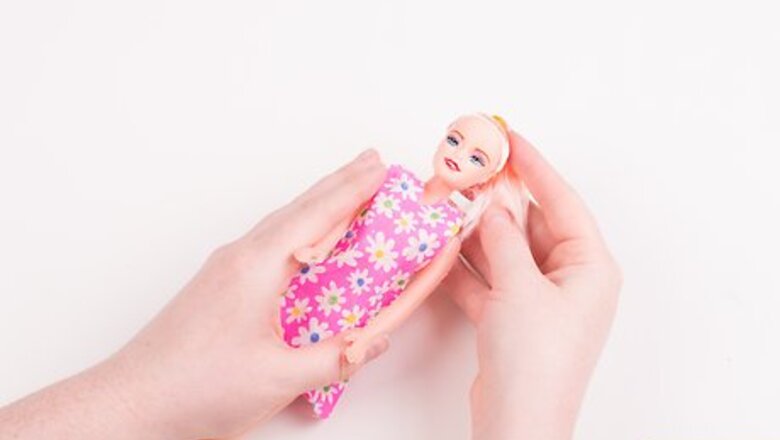
views
Know the manufacturing history.
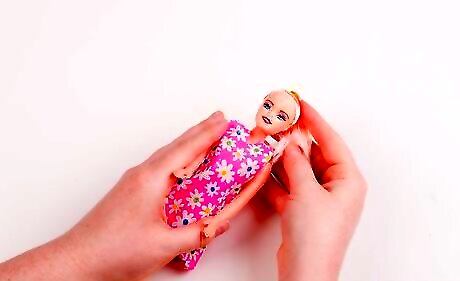
The history of the factory is what makes these dolls tough to spot. Be aware that a lot of dolls were made at the same time the Sindy dolls were made and even the Sindy dolls were made in various factories. This makes it harder to identify all Sindy dolls with absolute accuracy and you may need to take your doll to a collector with good knowledge for certainty.
Look for era-specific details.
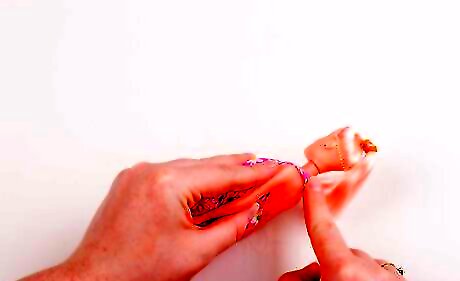
There are a variety of time-period tells to look out for. There are things that you should be able to spot for each doll era: 1963-64 doll: "Made in England" is on her neck, 29 centimeter (11.4 in) in height, soft head, rigid body without marks, hollow and hard legs; hair colour is blonde, brunette and auburn and it has a fringe (bangs) and looks like a messy bob. 1965 doll: "Made in England" is on her head, head and arms are soft, vinyl legs which bend a little, rigid body and same hair colours as previous doll. 1966 doll: No marks on head or neck, "Made in Hong Kong" on her waist, head now made from heavier vinyl, rigid body, heavy legs that can bend; same hair colours but thicker. 1965-1966 (mini Sindy): 27 centimeter (10.6 in) tall, hard head (often wobbles) and "Made in Hong Kong" on her waist; her legs and arms won't bend. Same hair colours. 1967 (Marilyn Sindy): Hard head, legs and arms, bright blonde hair that often looks frizzed up. 1968-1969: Sindy gets real eyelashes, blush and red lips. Her hair is shoulder length with a side part. She can be twisted at the waist. You'll find "Made in Hong Kong" on the back of her head. 1969 (walking Sindy): Slightly longer legs that are soft, move freely and bend. "Made in Hong Kong" on the back of her head; hair range continues same colours. 1970: Hair length still shoulder but part is now down the middle. Has features of previous doll but some may also have numerical markings. 1971 (Trendy girl): This one seems to be the most popular with collectors. The head can be moved to any angle (and comes off), the hair remains centre parted and she has rooted eyelashes. She now has a range of blonde colours for hair as well as brunette and auburn. Numerical and letter markings are now commonplace. 1971 (Lovely Lively Sindy): Every part of the doll can be moved and posed. Same hair colour range as the previous dolls and has "Made in Hong Kong" and numerical and letter markings. 1975: Gayle was developed for the US market, a black Sindy. From the late 70s, Marx Toys manufactured Sindy dolls in the USA but was withdrawn by 1980. 1986: Magic Moments Sindy has hair and a swimming costume that changes colour in water. Hasbro manufactured Sindy in the 1980s before Pedigree took back the doll in the late 90s. Vivid Imaginations has manufactured recent versions of Sindy dolls, under licence from Pedigree. 2003: A 40th anniversary Sindy was released and since this time Sindy dolls have lost their large breasts and long legs and now look like 12-15 year olds and dress in teen clothing; the aim has been to make Sindy appear more innocent than the competing Barbies and Bratz dolls.
Compare the doll to others online.
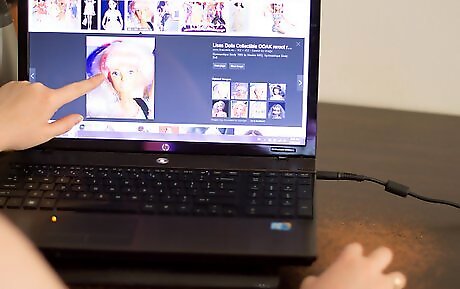
Look at images online to see how your doll stacks up. It's very hard to simply read text when it comes to judging a doll. You should also use images to help you reach a decision. A good comparison is to check your doll against images uploaded (see Google Images for example) or to check out existing and past auctions of Sindy dolls that show photos.
Research the outfits.
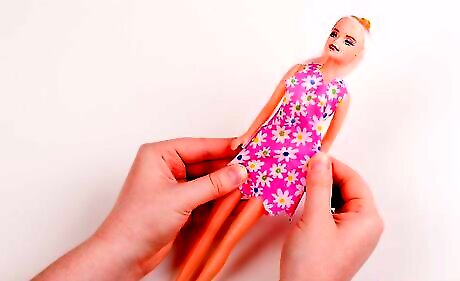
Learn what you can about whatever your doll is wearing. The outfits help to date and identify the Sindy doll. However, for dolls that have been played with, the outfits may not be the original ones or pieces may be missing, so be very careful here. It's a good idea to study a Sindy resource site with images very carefully before presuming anything!
Scan for additional information.
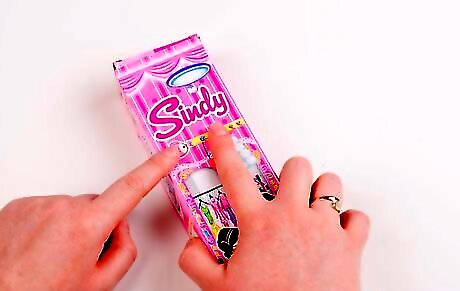
Check for other indicators. A Sindy in a box or on a Sindy stand may aid in identification.


















Comments
0 comment